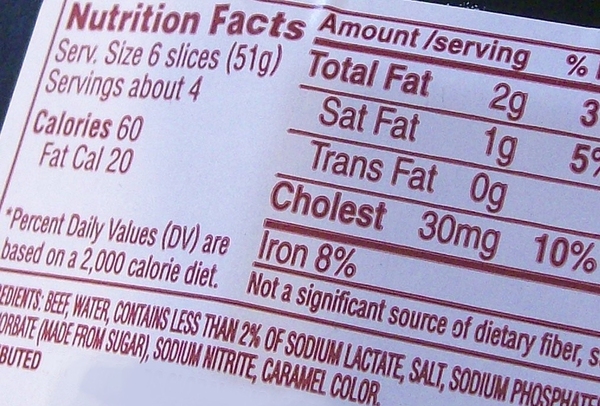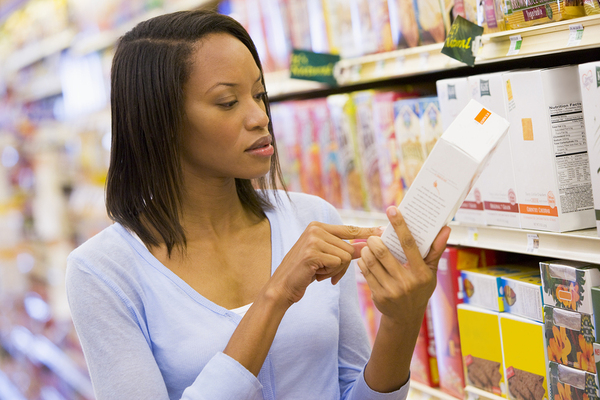The FDA finalized major revisions to the nutrition label for food and beverages in May, 2016. The announcement, given by Michelle Obama, was received with varying levels of enthusiasm. While federal health officials rejoiced, the food and beverage industry was a bit less enthusiastic, likely due to the significant task that now lies before it.

Change is on the way.
Manufacturers will need to use the new label by July 26, 2018. However, manufacturers with less than $10 million in annual food sales will have an additional year to comply with the new regulations.
Why the Nutrition Label Was Revised
The FDA states its reason for the revisions in this way:
"On May 20, 2016, the FDA announced the new Nutrition Facts label for packaged foods to reflect new scientific information, including the link between diet and chronic diseases such as obesity and heart disease. The new label will make it easier for consumers to make better informed food choices."
With obesity becoming ever more pervasive across America, it is hoped that the new label will help consumers see exactly what they choose to eat. The new label displays calorie counts in big, bold numbers, and portion sizes have been adjusted to more closely match the portions Americans generally eat.
For those Americans looking for information about vitamins on the labeling, a new feature states actual milligrams of certain vitamins, in addition to the daily percentage value to which consumers have become accustomed.
Another change involves an additional line for "added sugars". This change was widely opposed by the sugar industry, but the FDA held firm in its decision to add the information to better inform concerned consumers.
You can see a list of regulatory requirements and changes to the labeling here. For just a highlight of the differences, you can view this infographic. And for a side-by-side comparison of the old and new label design, check this out.

The FDA hopes that the new nutrition label will help Americans make more informed food choices.
How the New Label Impacts Food Package Design
Approximately 3 vertical inches are needed to accommodate the new nutrition label layout for most brands. FoodProcessing.com provides this insight:
"There's a new, mandatory footnote at the end of the principal display panel, which replaces the old daily values footnote that appeared at the bottom of the panel. While this change doesn't technically add any space to the panel, many food and beverage brands have (incorrectly) left off the previous daily values section for years. In reality, many brands will have larger labels because this footnote is smaller and the rest of the label is bigger. That means potentially limited branding space, new label design or even new printing plates and additional label printing costs. You'll need to work with a label-printing partner to plan for these changes and find solutions to minimize the potential cost impact."
As you prepare to adjust your packaging design to comply with the new regulations, it is also a good time to think about potentially revamping your design to appeal to a broader base of consumers. PKG Branding has been designing food and beverage packaging to do just that. Contact us today to get started on your new design project and ensure that your packaging is in compliance by 2018.
 |
 |




-min-2.png)


